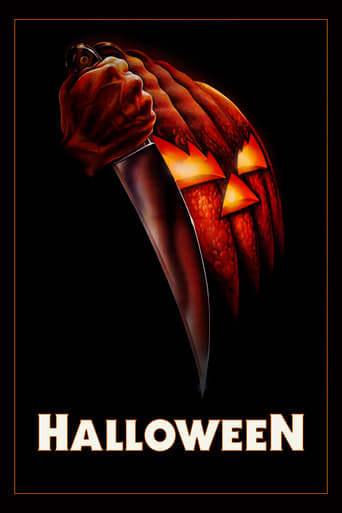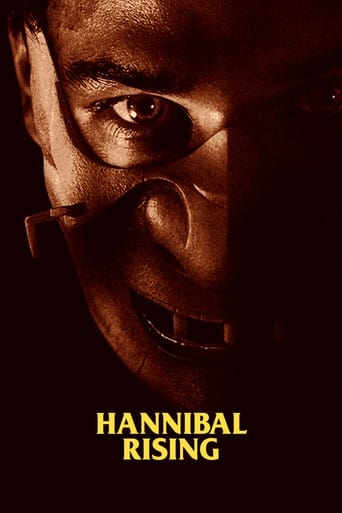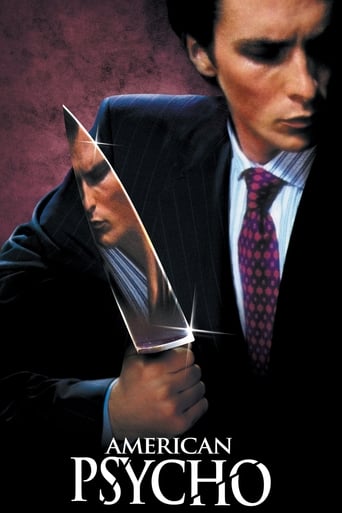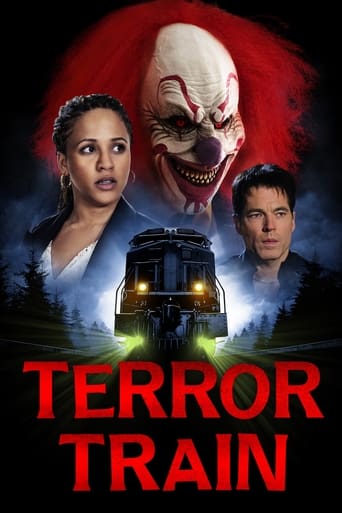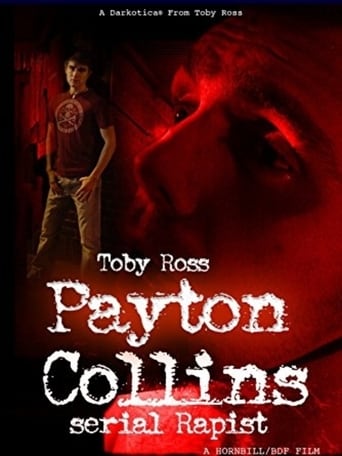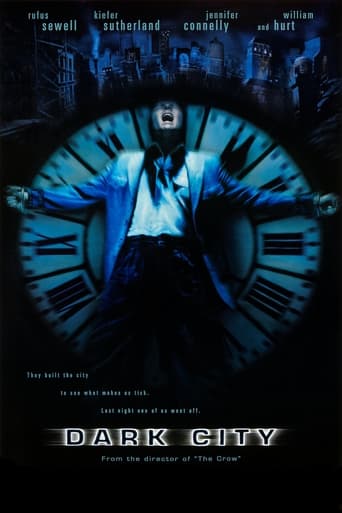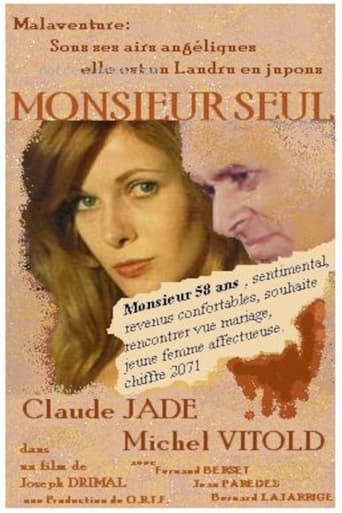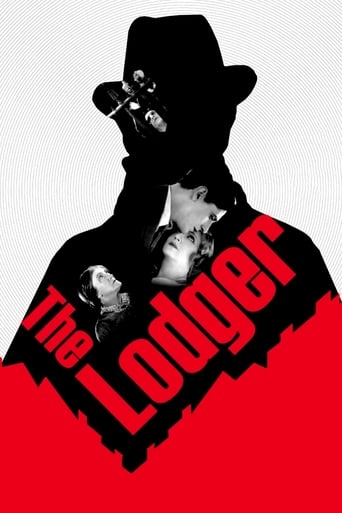Tales of the Grim Sleeper (2014)
When Lonnie Franklin Jr. was arrested in South Central Los Angeles in 2010 as the suspected murderer of a string of young black women, police hailed it as the culmination of 20 years of investigations. Four years later documentary filmmaker Nick Broomfield took his camera to the alleged killer’s neighborhood for another view.
Watch Trailer
Cast
Similar titles
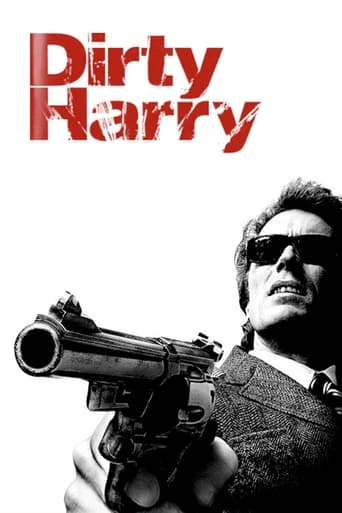
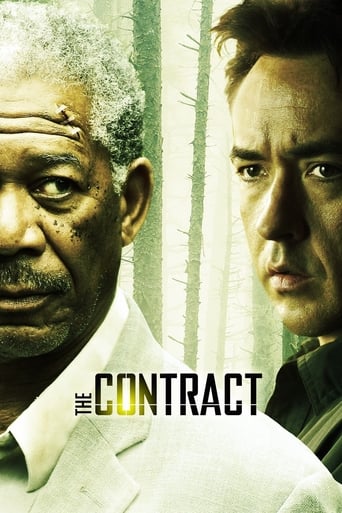
Reviews
Touches You
Such a frustrating disappointment
The story-telling is good with flashbacks.The film is both funny and heartbreaking. You smile in a scene and get a soulcrushing revelation in the next.
It’s not bad or unwatchable but despite the amplitude of the spectacle, the end result is underwhelming.
The more films I see the more I hanker for a few simple things. Do we enter an interesting world, not fully charted? Can we steal an entry into life as it comes to be? Ways?This is what I get here. Not just a documentary that traces the particulars of horrible crime - a serial killer who freely killed for 20 years has just been arrested - but a first person noir that swerves off the beaten track to investigate simmering truth.What you'll see here is an English guy with a camera and his soundman driving around Southcentral LA or snooping outside homes to talk with people as they're trying to see how far this malaise seeps. Was it just a crazy man in an otherwise perfectly fine world after all?Our host who shows them around is a former prostitute and crack addict, a tough street-wise woman who freely stops the car and chats with women on the street. A breathtaking sequence shows them driving around at night in search of prostitutes who may have known the killer, we find them here and there in dark streets and roll down the window to talk to them. We stop at a girl's house at night and someone is glaring from a window. During an interview, gunshots are heard from nearby. It has all this tension, invaluable because it comes from having quietly slipped into this world from a backdoor and just prowling in search. One acquaintance leads to another and we find a man who was paid one day by the killer to take a car out and burn it, who found bloodstained clothes in the back but kept quiet. We meet with the man's friends who insist he couldn't be the one but begin to have second thoughts. We're taken to a backroom where one of them keeps stacks of photos of nude girls who posed in shabby bedrooms or in the back of someone's car, images these guys passed on between them.The greater insight is that all of this has been quietly taking place for decades and accepted as sleepless life, that we're seeing how the lives of 20 year olds in Reagan's time faded away. It's all in being able to see how this man who is now sharing stacks of photo albums - a catalogue of despair, both his and the women's who sell themselves for their next crack fix - is sharing what is for him a casual pastime in a life that you have nothing better to do, sleeping with hookers and keeping these mementos.Even better; none of this would have been possible without these people being so candidly open to the camera and freely sharing stories. Can you imagine how fastidiously silent a German neighborhood would have kept? (and that's the subject of The White Ribbon) Now we begin to see the life that give rise to this world. How many people would have been spared if they had all come forward or the police cared enough to investigate? They won't because of past experience with police, the police won't because murders in the ghetto are a triviality.This is more valuable to me than any book James Ellroy could write or anything seen in True Detective. I'm going to go ahead and add it to my list of essential views of LA, next to Angel City, Killer of Sheep and Southland.
A scary, intriguing look into the life of a(n alleged, since he is yet to be convicted) serial killer through the statements of people who knew him first hand. And that look expands to the neighborhood of South Central, Los Angeles, which almost looks like a third world country place. Very likely, hundreds of women, girls, have been abducted, tortured and killed by this Lonnie David Franklin. Considering the vast amount of evidence that was present very early on, this man could have and should have been taken off the streets pretty much straight away.But Franklin was a man of (relative) stature, and to the L.A.P.D. most black lives appear to be not worth so much. The victims were mostly hookers addicted to crack, so he was even praised by them for 'cleaning the streets', if we may believe his son Chris. The picture that the women (prostitutes who knew Franklin, but also mothers of victims) paint throughout the documentary leaves hardly a shred of hope for the citizens of South Central. It is a community in which people seem to look out only for themselves, and in which drugs, violence and gangs get the better of many, and women like Margaret Prescod are admirable, yet rare voices for justice.This is a grim tale, which is not over, and for the people of South Central, things are looking bleak as ever. The only positive outcome is that the Lonnie David Franklin is off the streets of L.A. forever - I at least want to assume that he will be convicted.9 out of 10.
This is a film that is shocking to see because it lays bare the underside of American society that few are willing to countenance. Broomfield speaks with an array of black residents of South L.A., and uncovers a mind-bending culture of violence, anti-social behavior and sexual deviance. If nothing else, this film shows what happens when society and culture descend into a kind of nihilistic madness. Some characters, admirably, maintain a sense of good humor amidst the wasteland.However, Broomfield resorts to the usual politically correct bromides, allowing members of an activist group an open mic to condemn the police for the killer's actions, with no discussion of how culture and the attitudes of members of the community have contributed to the outrageous crimes that Franklin got away with for so long. This is, at best, a highly simplistic analysis of the situation. One woman discusses, almost proudly, how members of the community refuse to cooperate with the police, and will virtually never report a crime. Franklin's son discusses how his family members largely disowned him for turning in his murderous father. Franklin's friends discuss participating in appalling acts of rape and sexual humiliation against prostitutes. Everyone has a very casual attitude towards morals, behavior, justice, and sometimes human life in general. Broomfield should have explored this in more detail, but instead fails to draw the obvious connection that the police, racism, and "society" cannot exclusively be blamed for these disastrous cultural failings, and thus comes close to embracing the kind of moral relativism and excuse-making that has perhaps been as harmful to the underclass as racism and bad policing may have been in the past.This is still a film worth seeing, but if only Broomfield could have taken off his ideological blinders and noticed what was happening right in front of him, he could have offered a more sociologically relevant and honest film.
This documentary is about Lonnie Franklin who killed 10 women over the course of 25 years in South Central LA.The documentary served as an attack on the LAPD's inability to do the right thing, to investigate and release warnings to the public.It is also a testament to Nick Broomfield's persistence, as an outsider sporting a big microphone and a funny accent he was able to wear down and break communication barriers, witnessed by the evolving stories of those interviewed. Once inside a subculture within the gnarly South Central LA district, he reveals a full spectrum voices that speak the message of outrage from victim's loved ones and their supporters, to witnesses of sexual deviancy in the form of Franklin's friends.



